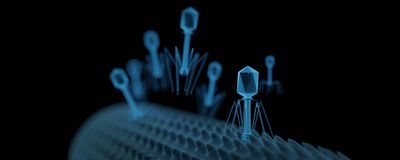evolution of immunity
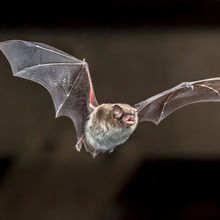
Duplicated Gene Helps Bats Survive “Arms Race” With Viruses
Dan Robitzski | Nov 23, 2022 | 5 min read
Bats are known for staying healthy even while harboring viral infections. Now, research sheds light on how their unusual immune system evolved.
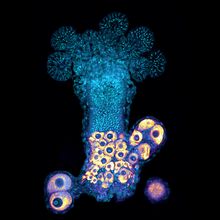
Ancient Immunoglobulin Genes Help Cnidarians Decide to Fight or Fuse
Sophie Fessl, PhD | Oct 11, 2022 | 4 min read
Immunoglobulin genes might have evolved much earlier than previously expected, perhaps even in the common ancestor of Cnidarians and Bilateria, a study suggests.
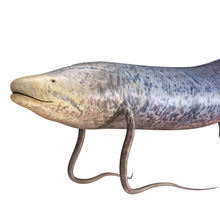
Lungfish Cocoons Are Alive, Sort Of
Abby Olena, PhD | Nov 17, 2021 | 4 min read
Researchers find that the protective outer layer that lungfish make to survive extended dry periods—once thought to be a simple mucus shell—contains immune cells that trap bacteria and protect the animals from infection.
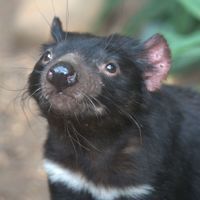
Deadly Facial Tumors Spur Tasmanian Devil Evolution: Study
Christie Wilcox, PhD | Jun 16, 2021 | 6 min read
The largest study to date of the animals’ genetics provides robust evidence that they are adapting to survive a highly lethal, contagious cancer scientists feared would cause their extinction.

Contributors
Molly Sharlach | Jan 1, 2015 | 3 min read
Meet some of the people featured in the January 2015 issue of The Scientist.
